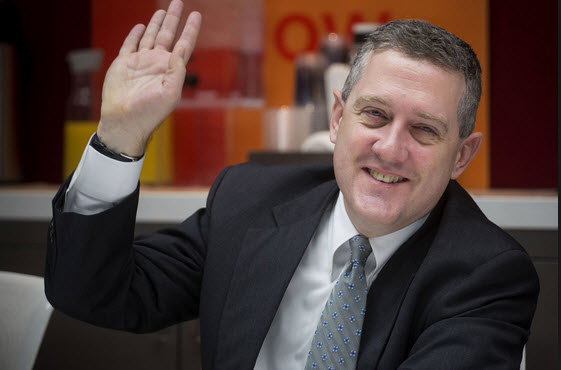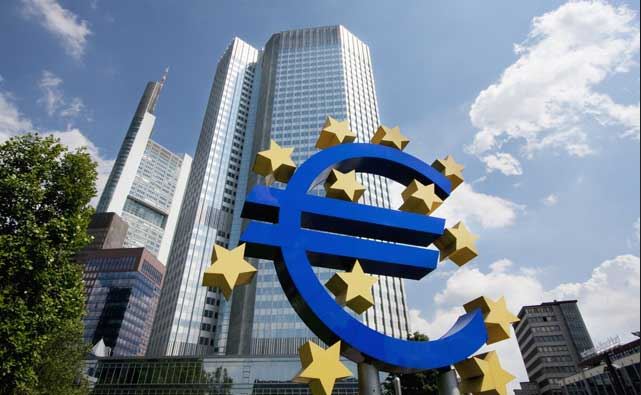If you were just woken from some form of suspended animation from let’s say 2010 (ancient economic history in today’s terms) then informed of the current state of global political affairs and upheavals, U.S. employment (95+million not,) global currency gyrations, interest rates at not only 0% but some -0%, threats of escalating wars, threats of major confrontational war, GDP of the major global economies not only contracting, but below statistical stagnant, governments, as well as central banks with balance sheets of debt calculated in $TRILLIONS, some in the 10’s of, all financed at near or below 0%, and the Fed is only about a week away from raising rates into the teeth of what can only be called “uncertainty,” and much, much more. (There isn’t enough time, or digital ink to list them all.)
Nobody would be surprised if your first reaction based on your prior acumen (the ancient history of 7 years ago whether it be in stocks, business, or both) would to become immediately concerned that whatever portfolio, or wealth you may have had in the markets, may be worth far less today than when you were first put to sleep. And probably becoming ever smaller as you thought about what you might need to do next in order to preserve any that may be left.
That is, till someone explained to you the markets you went to sleep knowing of – are no longer – and the reality of the markets today you could never have dreamed up. Even if they let you sleep another decade or longer.
Today, the markets you once knew of are better described as the “markets.”
To clear up any confusion as to how, or why, the “markets” can now be at “never before seen in the history of mankind highs” once again after the resounding “NO” vote in Italy, where the entire E.U. experiment is now seriously undermined, and falling apart in real-time (Brexit first, Italy will surely now vote next, etc., etc,) below is the calculation that explains it all.
For under the rules of: If A = B and B = C, then A = C, you now have the magical formula to understand with Einstein like surety today’s ‘markets.”
If you have any doubt to the soundness of this expression, consider the following:
If a financial crisis appears (A) The central banks will intervene (B)
If the central banks intervene (B) The “markets” go up (C)
Thus, we need more financial chaos (A) To make even more all time “market” highs (C)
(more…)
 Yeah, hi
Yeah, hi


